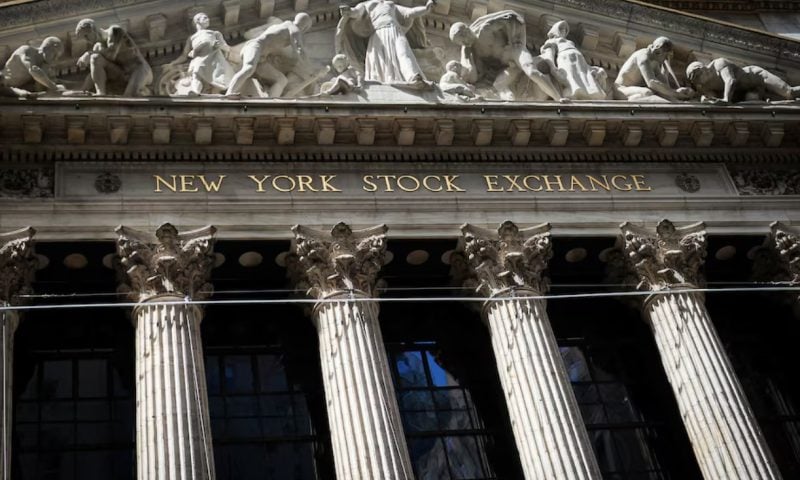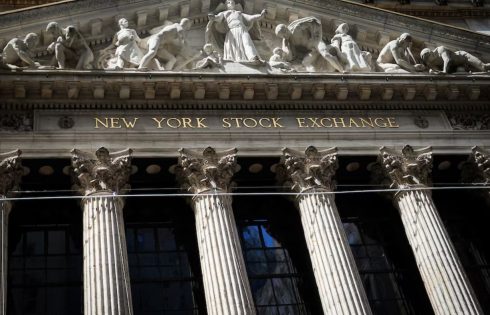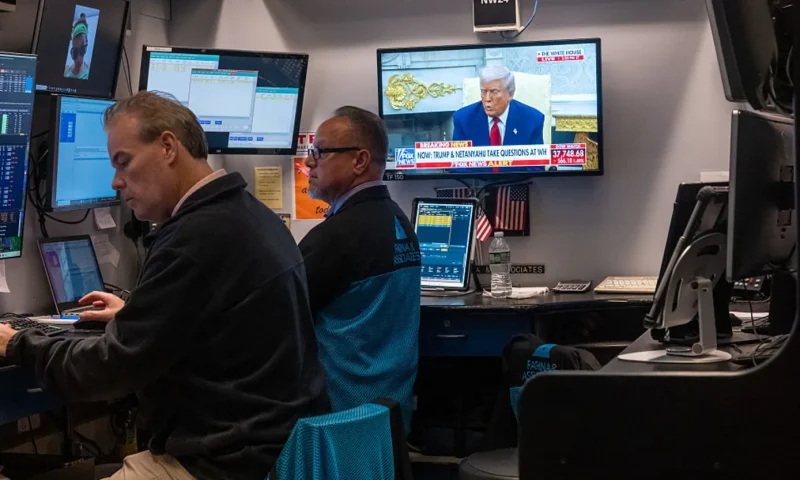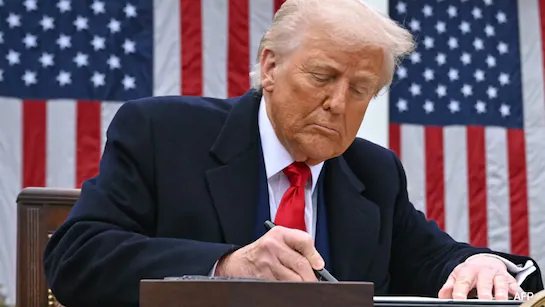Social Security changes coming in April: Here’s what to know

The Brief
-
Millions of retired teachers, firefighters, police officers, and other public workers will see a boost in their Social Security benefits.
-
The SSA has also changed how it will recoup overpayments, and identity verification requirements for some.
WASHINGTON – There are a few changes in April that could impact certain Social Security beneficiaries.
This includes a boost for many retired public workers, stricter identity requirements, and changes to how the agency recoups accidental overpayments.
Social Security payment increase after new law
Big picture view
Millions of retired teachers, firefighters, police officers, and other public workers will see a boost in their Social Security benefits following the repeal of two provisions that previously reduced payments for those receiving state or local government pensions.
The Social Security Administration (SSA) announced that affected retirees would receive a one-time retroactive payment by the end of March, with higher monthly payments beginning in April.
Dig deeper
This change comes after the Social Security Fairness Act was signed into law by former President Joe Biden earlier this year. The law repealed the Windfall Elimination Provision (WEP) and the Government Pension Offset (GPO)—two policies that limited benefits for those receiving other retirement payments.
Social Security changes how it recoups overpayments
What we know
The SSA has also changed how it will recoup overpayments. When a person has been overpaid, the law requires the SSA to seek repayment. People who are overpaid will now automatically be placed in full recovery at a rate of 100% of the Social Security payment – a change which kicked in at the end of March.
The backstory
In the past, under the Obama administration and the first Trump administration, common practice was to withhold the next benefit at 100% until accidentally overpaid funds were recouped. But a previous plan under the Biden administration had sought just 10% each month of funds that were overpaid to help reduce financial hardship on people with overpayments.
The agency recently reinstated the former plan that withholds 100% of people’s benefits if they are accidentally overpaid.
Social Security in-person requirement for some
What’s next
Beginning April 14, the SSA is implementing stricter identity verification procedures to prevent fraud, including in-person office visits for some. The agency said some new Social Security applicants and existing recipients who want to change their direct deposit information will no longer be able to verify their identity over the phone. And those who cannot properly do so through the agency’s “my Social Security” online service will be required to visit an agency field office.
However, this change does not apply to individuals applying for Social Security Disability Insurance (SSDI), Medicare, or Supplemental Security Income (SSI).
Social Security April payment schedule
Timeline
Social Security sends regular monthly payments (SSA benefits), but the date varies – generally depending on the day you were born. Social Security retirement, disability, and survivor (RSDI) beneficiaries who filed claims after May 1, 1997, are assigned either the second, third, or fourth Wednesday of the month. Those who receive Supplemental Security Income (SSI), which is monthly payments for people with disabilities and older adults who have little or no income or resources, get paid on the 1st of the month.
If the 1st falls on the weekend or holiday, then the payments are typically issued on the previous weekday. Those who received benefits before May 1997 also have a specific payment date.






























